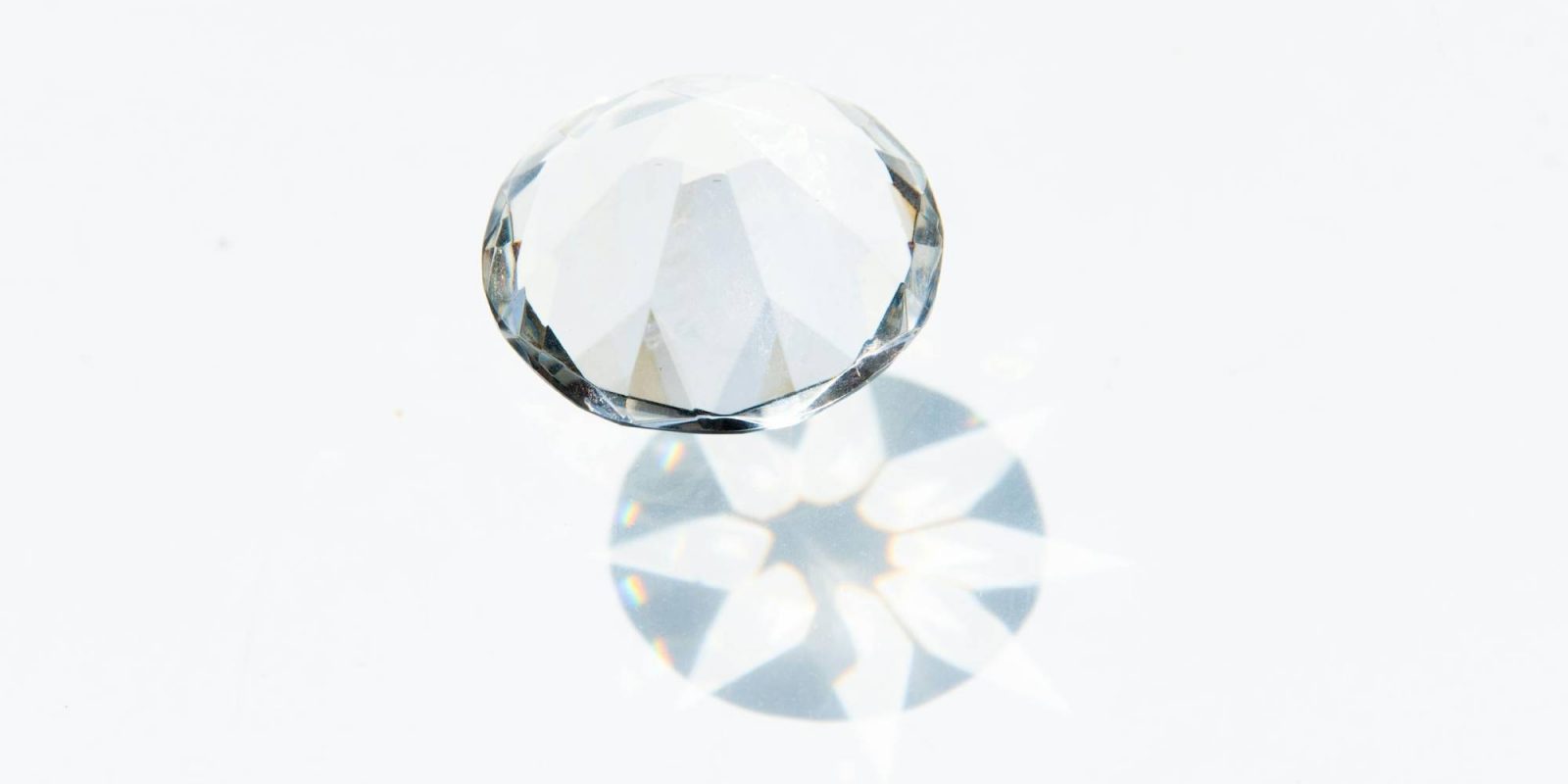Lab-grown diamonds had a long history – the first one was created in 1954. However, it wasn’t until the mid to late 2010s that they gained commercial popularity . By 2022, they reached a market value of $24 billion, and is projected to reach as high as $59.2 billion by 2032.
In this article, we explain what is a lab grown diamond as they gain popularity for jewellery and other uses. We will also answer the question: is a lab grown diamond identical to a mined diamond?
What is a lab-grown diamond
According to the Gemological Institute of Americas (GIA), the world’s foremost authority on diamonds, a lab-grown diamond is “created in a controlled laboratory environment under extreme conditions of high pressure and high temperature or by chemical vapour deposition (CVD).”
So despite being incorrectly labelled as synthetic, loose lab-grown diamonds are, in fact, real diamonds. They are a welcome option for consumers who want conflict-free alternatives to diamond mining (more on that later).
Lab-grown diamonds are the “scientific twin” of their mined counterparts. Both share the same remarkable properties because their atomic structure is still identical: Each carbon atom is meticulously bonded in a tetrahedral arrangement, forming the rigid lattice structure that defines a real diamond.
Moreover, they both share the same characteristics that make diamonds precious. They have the same hardness, brilliance, and fire.
Methods of creating a lab-grown diamond
The early success in creating lab-grown diamonds in the 1950s involved mimicking nature’s process with the HPHT method. This method is still used today. However, there is a more recent innovation – Chemical Vapor Deposition (CVD).
Both methods recreate the extreme conditions necessary for diamond formation but with greater control and efficiency within a lab setting. To compare:
High Pressure, High Temperature (HPHT)
This method recreates Earth’s intense pressure and heat to force carbon atoms to bond in the same way they would naturally under extreme pressure.
Chemical Vapor Deposition (CVD)
The CVD method meticulously builds the diamond by breaking down a carbon-rich gas and building it layer by layer—like how plants grow layer by layer over millions of years.
Cost-wise, Chemical Vapor Deposition (CVD) is generally more economical than High Pressure, High Temperature (HPHT) because CVD operates at lower pressures and temperatures, requires less expensive equipment, and allows for more precise control over the diamond growth process, leading to higher yields and fewer defects.
The future of lab-grown diamonds
Mined diamonds held a place of prestige for a long time. The price tag, environmental impact, and ethical concerns about their origin make them lose popularity. This is especially true with millennial and Gen Z consumers prioritising conscious choices.
From these generations’ point of view, lab-grown diamonds are better.
Ethical sourcing
Lab-grown diamonds offer a guaranteed ethical choice. Their controlled lab creation ensures they are not tainted by human rights abuses. So, for consumers who prioritise ethical sourcing, these diamonds provide peace of mind.
Environmental impact
A study from global growth consulting company Frost & Sullivan noted that emissions from lab-grown diamonds can be up to seven times lower than mined diamonds. This is especially true when powered by clean energy sources. In contrast, traditional mining disrupts landscapes, consumes water, and generates greenhouse gases.
Accessibility (costs)
Innovative production methods behind lab-grown diamonds make them more affordable than mined diamonds of comparable quality. This allows more people to buy good-quality diamonds to enjoy their beauty and brilliance.
Size and variety
Lab-grown diamonds offer exciting possibilities in variety and size. The controlled environment allows for the creation of coloured diamonds.
Moreover, lab-grown diamonds come in larger sizes at a more accessible price point, making a statement ring a more achievable dream.
Individual and global impact of lab-grown diamonds
The same study by Frost & Sullivan revealed a significant environmental advantage for lab-grown diamonds:
Compared to mined diamonds per carat, they produce a staggering 4,383 times less waste. They also need 6.8 times less water and consume nearly half the energy (2.14 times less). Additionally, lab-grown diamonds cut sulphur oxide emissions and reduce nitrous oxide emissions by over 50%.
The rise of lab-grown diamonds presents an exciting opportunity for the evolving diamond industry. Consumers are looking for environmentally friendly options, which lab-grown diamonds offer. This shift in consumer preference encourages traditional diamond companies to adopt more responsible practices throughout their supply chains.
Lab-grown diamonds also have a clear advantage in terms of human impact. Workers in production facilities face minimal occupational hazards.
Meanwhile, mined diamonds are linked to violence and exploitation in conflict zones (“blood diamonds”). They also have higher risks associated with diamond operations.
Lab-grown diamonds ensure your pieces don’t come at the cost of human suffering.
In essence, lab-grown diamonds represent a positive social development. They provide a more sustainable choice than mined diamonds by minimising environmental impact and ensuring by minimising environmental impact and ensuring that they are ethically sourced and affordable.
As consumer awareness grows, lab-grown diamonds will play a significant role in shaping a more sustainable and responsible future for the industry.
Conclusion
Lab-grown diamonds are considered a better alternative to traditional mined diamonds. You might see some value differences between your valuation’s certificates, but the best is that lab-grown diamonds address the ethical concerns surrounding conflict diamonds. They also produce less negative environmental impact associated with mining.
With their growing popularity and accessibility, lab-grown diamonds can reshape the diamond industry. They can help create a more sustainable and responsible future.
As technology advances, we can expect more exciting developments in lab-grown diamonds. In the future, they can come as a more attractive choice for conscious consumers.






